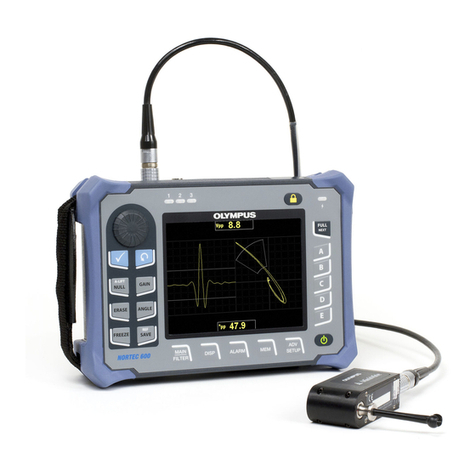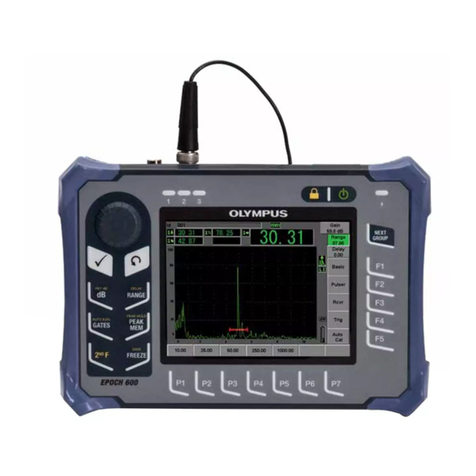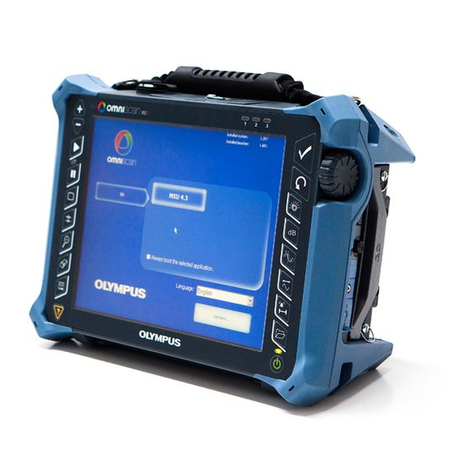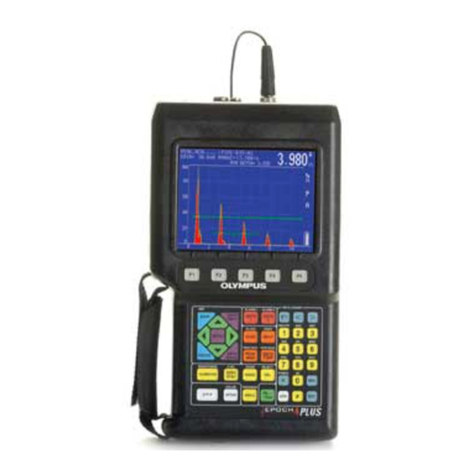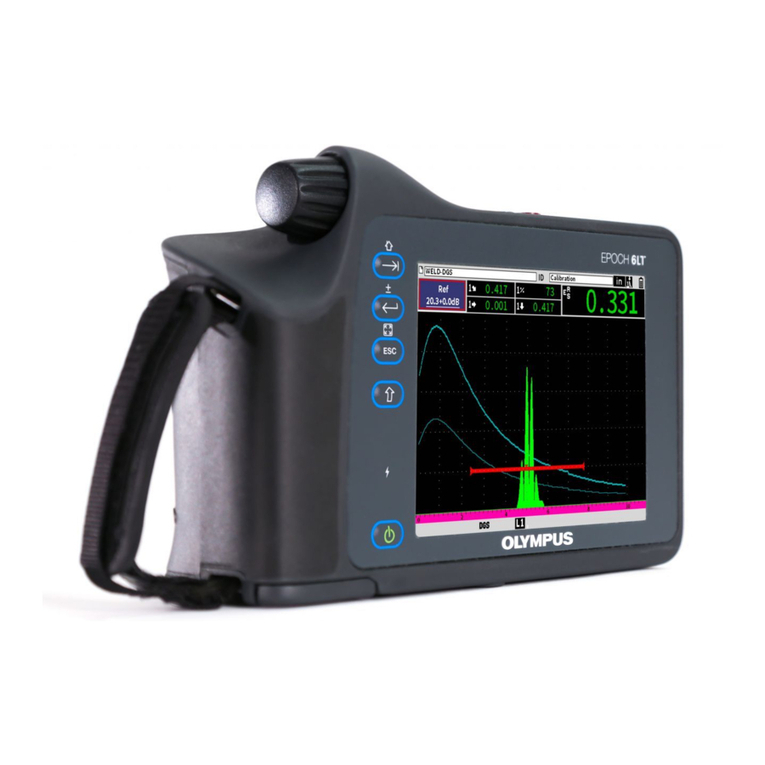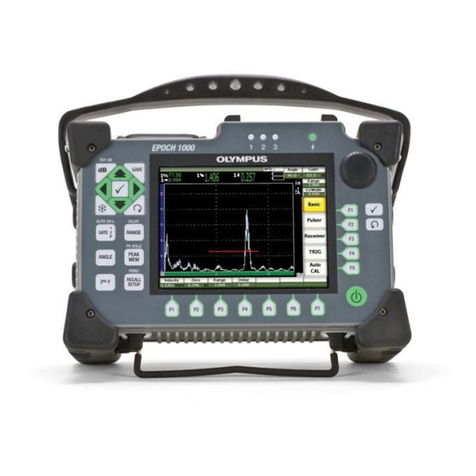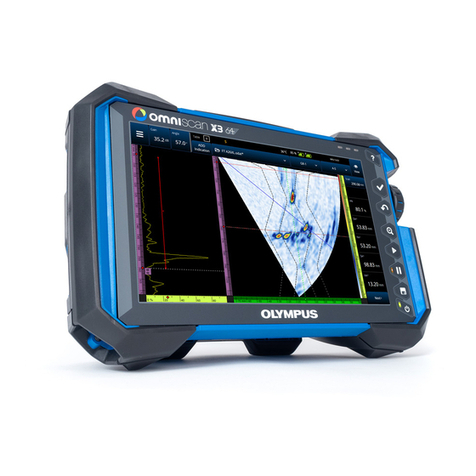
10 NORTEC 600 — Getting Started Guide
DISP Provides access to the display menu, which
controls functions such as display mode, position,
trace, and grid.
ALARM Provides access to the alarm menu, which controls
functions such as alarm type, dwell time, horn
volume, and alarm position.
MEM Provides access to the memory menu, which
controls functions such as previewing stored
memory files, recalling and editing stored files,
capture mode, capture time, and user information.
ADV SETUP Provides access to the instrument’s advanced
settings, including the application selection menu,
ALL SETTINGS menu, frequency mode, colors,
password, systems setup, reset, unlock options,
and legal/regulatory information.
A-LIFT NULL If this direct-function key is pressed once, it nulls
(zeros) the instrument. If this key is pressed and
held, the Auto Liftoff is set.
GAIN Direct-function key used to display either the
instrument’s combined horizontal and vertical gain
settings, horizontal gain only, or vertical gain only.
ERASE Direct-function key used to erase the currently
displayed image.
ANGLE Direct-function key used to display the angle.
FREEZE Direct-function key used to freeze the image
displayed on the instrument for further evaluation.
When the image is frozen, the NORTEC 600 also
allows calibrating the eddy current signals, and
changing the gains or angle.
REF SAVE Direct-function key used to save images and
settings in the instrument’s memory. When this key
is pressed once (and released), the currently
displayed image and settings are saved. When this
key is pressed and held, the current instrument
image is set as the reference memory display.
FULL NEXT Used to expand the instrument display to full
screen, or to select items in the menu.
AAFunctionkey
BBFunctionkey
Function name International
keypad symbol Function description
